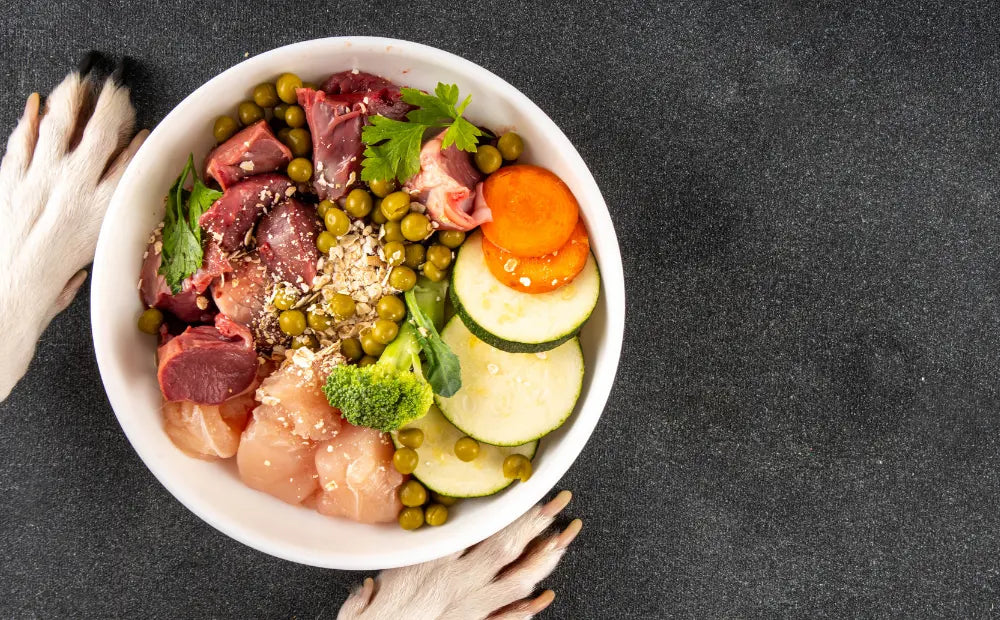
The Raw Truth: Risks and Rewards of Raw Pet Food Diets
Raw diets are one of the most polarizing topics in pet nutrition. Supporters praise shinier coats, higher energy, and a more “natural” way of feeding, while critics warn of hidden dangers. The truth is both sides have a point. Raw meat can provide unique benefits, but it also carries risks like Salmonella and E. coli that can sicken pets—and spread to people in the household. Safe sourcing, strict hygiene, and balanced recipes are essential if you choose to go raw. For some families, gently cooked diets may offer a safer alternative.
The Appeal of Raw Feeding
Raw diets have passionate supporters—and for good reason. Advocates point to benefits like improved coat condition, higher energy, and more natural feeding patterns. Early research even suggests potential immune system benefits.
In many parts of the world, feeding raw is a long-standing tradition. For some pet parents, it feels like a return to nature. But just because a diet is “natural” doesn’t mean it’s automatically safe.
The Hidden Risks
Raw meat often carries dangerous pathogens like Salmonella, E. coli, and Listeria. These bacteria can enter the food during standard butchering practices or from contamination in processing facilities.
Contrary to popular belief, dogs and cats are not immune to foodborne illness. They can get sick from these pathogens, sometimes severely. Even if they show no symptoms, they can shed bacteria in their saliva or feces—potentially putting humans at risk, especially children, elderly family members, and people with compromised immune systems.
Not All Raw Diets Are Created Equal
Some commercial raw pet food companies have rigorous sourcing and safety protocols, while others cut corners. Without strict quality control, raw diets can be inconsistent, contaminated, or nutritionally incomplete.
If you choose to feed raw:
-
Source carefully from reputable suppliers
-
Practice strict hygiene in your kitchen
-
Avoid cross-contamination with human food prep areas
-
Follow a complete, balanced recipe from a veterinary nutritionist

When Raw Isn’t the Best Option
For households with young children, elderly residents, or immunocompromised individuals, the potential for bacterial spread may outweigh the benefits of raw feeding. In these cases, gently cooked diets may provide a safer middle ground while still offering fresh, minimally processed ingredients.
The Bottom Line
Raw diets can work for some pets, but they come with real risks that require careful management. If you’re considering raw feeding, talk to your veterinarian about sourcing, balance, and safety protocols. Your pet’s health—and your household’s safety—are worth the extra thought.
